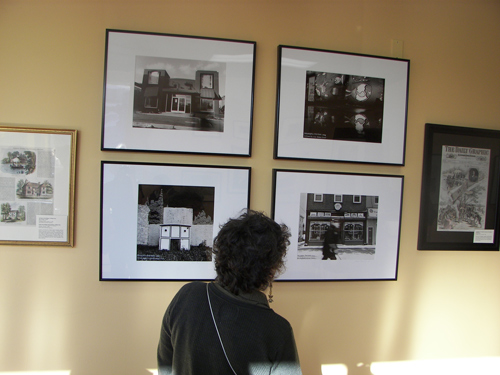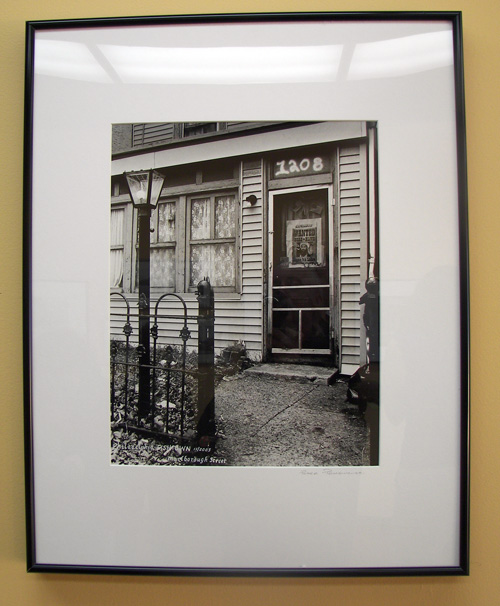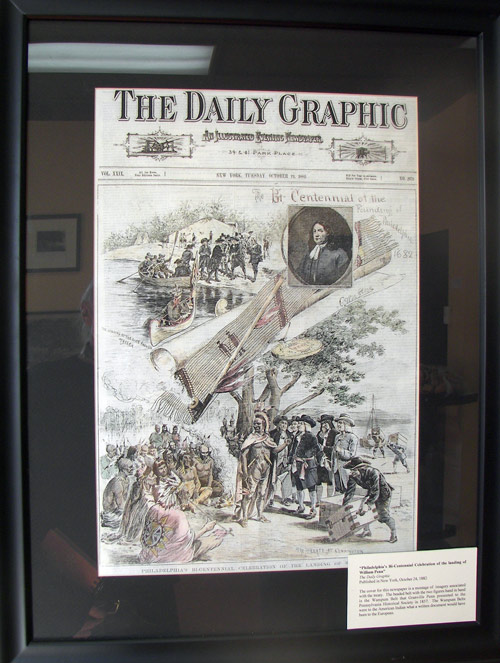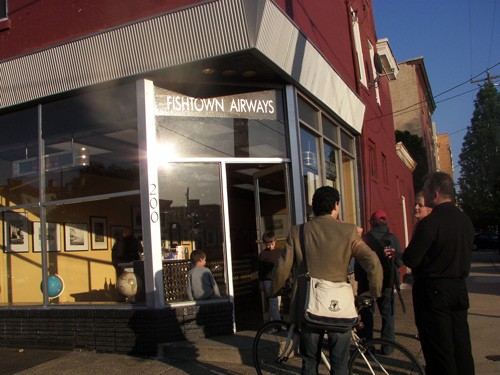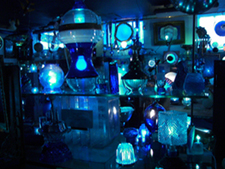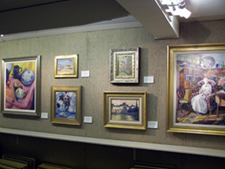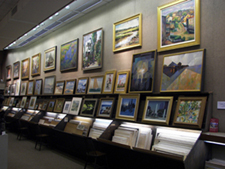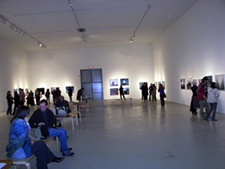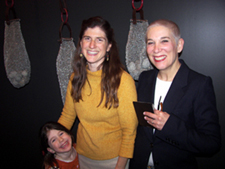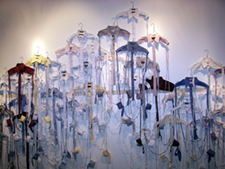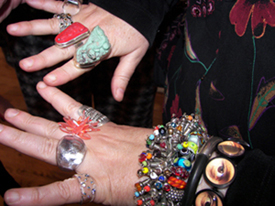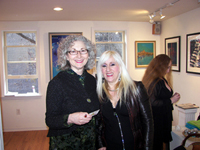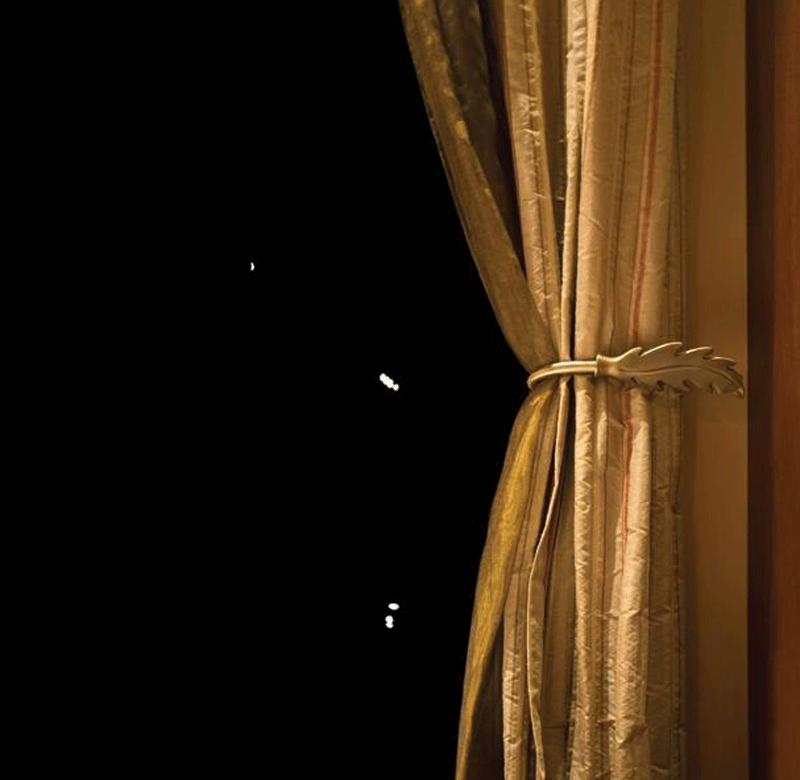 Eileen Neff, The Golden Leaf, 2015, Archival Pigment on Dibond, 12 1/2 x 12 1/2 inches. Edition of 15. Bridgette Mayer Gallery
Eileen Neff, The Golden Leaf, 2015, Archival Pigment on Dibond, 12 1/2 x 12 1/2 inches. Edition of 15. Bridgette Mayer Gallery
One to One
(i)The steps to this particular abstraction… are, like the ascent to any of the abstractions that interest us importantly, an ascent through illusion which gathers round us more closely and thickly, as we might expect it to do, the more we penetrate it. – Wallace Stevens
Metaphor moves in a flare of intuition that is both the recognition of an abstract likeness and the event of a poetic transformation. Arrested, I see: this is that, although it is not. A metaphor is an impossible being, an alchemy of logic and magic, a dun-white horse who – pausing, turning, breathing – returns one’s regard from the verge of a deep dark wood. As in metaphor, similitude is estranged and remade in the tropical grove we enter with Eileen Neff – sometimes in a pitch-dark night, sometimes in the lambent green light of day.
In January 2014, Eileen Neff held a three-week artist’s residency at Monte Azul, a unique amalgamation of contemporary art center, eco-resort, and nature preserve set in the rainforest of southern Costa Rica. While not documentary in any usual sense of the word, the works that comprise Traveling Into View are drawn from her experiences of the residency – experiences of transit and arrival, of the forest’s fecundity and her own limitations in face of such fecundity, of close looking amid profuse stimulus, and of repeated passages (as by foot between her casita and Monte Azul’s café, or by car over the mountain road linking the compound to parts beyond). The photographs Neff made in Costa Rica became the raw material for the digitally-crafted pictures that take on physical forms and spatial relationships in the gallery – all of which has as much to do with painting, sculpture, and literature as it does with the insular traditions of photography. Neff’s constellations of image-objects displace linear coherence with the sensibilities of collage, a mode of expression that draws close to experience while declining to represent causes and effects in a prosaic manner.
As Neff’s work often has, the current project posits a kind of dream-like photographic narrative and then fractures that narrative over the razor edges of temporality and perception. In its introductory passage the installation suggests the unfolding arrival of a beholder who is both rapt by technologically augmented vision and savvy to it. The god’s-eye vista of Window Seat receives a reflexive jab in Pre-Viewing, in which the shadow of a superimposed postcard rack reveals a picturesque view of Costa Rican landscape as a constructed surface. (ii) A knowing gesture, the postcard rack is also a reference to Neff’s oeuvre, as well as a synecdoche for the larger ecosystem of photographic imagery that preconditions the traveler’s perception and representation of the world. Fast on the heels of this canny dialogue comes Mountain Road, a (roughly) three-and-a-half by five-foot gulp of experience in which earthbound sensory overload seems to overflow cerebral maneuver. As the beholder is sped through unfamiliar, sublime terrain, roadside foliage blurs against landscape, and the relation between figure and ground scintillates.
If there is a suggestion in these works that some type of distance may be necessary for sense-
making, there are complex ripostes throughout the project. Two pendants to Mountain Road embody immediate examples. Evoking, respectively, the parted curtain of enlightenment painting and the beady gaze of the taxonomist, The Golden Leaf and Moon-Tropic broach historical modes of looking and picturing that have served to bring the phenomenal into a visual order. These two pictures seem to promise both a grand spectacle and still, close, concentrated seeing. Scrutiny, however, works both ways. In Moon-Tropic, what appears to be the fronds of a tropical plant in the compass of a botanist’s magnifying glass is in fact a reflection, caught in a mirrored disc Neff brought with her as potential working material, along with the roll of Mylar film she used to create Reflected and Reflected 2 (two chromogenic prints that appear later in the installation). At some point in the artist’s process, the photographed mirror-double of botanical fact was twined with the celestial bodies of the Costa Rican night.
Circuits of resemblance are also much at issue in The Golden Leaf, a photograph (and a title) that describes the form of a curtain tie-back, the appearance of a pictured curtain, and the effect of gold pigment on the surface of a print (as in, gold leaf) – not to mention a parallel realm of reference to tropical flora and the grasping fantasies of explorers-cum-treasure hunters. Here the curtain is drawn back on glinting indices of disappeared phenomena, artifacts of the lens made inscrutable in a conjured night. In Neff’s characteristically precise visual language, these first pictures seem simultaneously to reinforce the allure of vision and qualify its capacity to discern. In a related vein, consider the lightbox transparency, Green Honeycreeper, installed alone in an alcove between the front and rear spaces of the gallery. The work stems from a recurrent experience during Neff’s residency: she passed this tangle of trees and the eponymous bird on the walk between the café and her living quarters – (iii) “a regular, brilliant moment had several times each day.”
There is a sensual universe even within minute proximal encounter, a telescoping intensity for which the gesture of isolation here provides a kind of felt analog. A thatch of vines and branches knits the world together, while sprays of color and the very luminescence of the object seem to pull towards a wilder revelation. The experience of keen looking is both irreducible and rich. So rich, in fact, that its expression tends to undercut and overflow representation’s urge towards structure and distance. In the front space of the gallery, across from Mountain Road, gathers a coterie of pictures (though more than pictures) of leaves and birds. This portion of Neff’s project has been aptly described as “a kind of portrait gallery where each leaf is celebrated for the remarkable individual that it is.”(iv) Personified in stature and represented with a penetrating attention usually reserved for revelations of psychological depth, each leaf seems to harbor an interior life, hinted at by the play of shapes and shadows above or below its surface. Individuality, however, is a funny concept in a body of work in which similitude is a magnetic force. To individuate is to break an extensive field into a collection of singularities, but these particular individuals are pulled back to a more fluid state of identity in so many ways. In their analogousness to persons, certainly, they seem to oscillate between this and that. But they are also fluctuant as objects. Permuting the relationship between frame, print, and space of display, these pictures do not settle onto the wall in a way that allows one to forget their presentness as things. (Neff often pushes her work into this territory, as is evident from the very first here – Window Seat, for example, seems not so much hung as suspended in the act of gliding past the wall.) In the leaf gathering, frames float or land in a manner that suggests both a portrait gallery in mid-hang and the pell-mell visual incident of the rainforest. One frame gives up the ghost and allows its occupant to lap waxily onto the floor. Elsewhere in the installation, a few leaves break completely free of frames and present themselves as leaf-green, leaf-shaped leaves (of paper, yes, but isn’t paper just a plant in another form anyway?). Brazenly, these leaf-leaves also have no problem using the furniture to adopt an eye-level posture, or casually taking a seat.
There is a one-to-one ratio migrating through this body of work that tests the boundaries of representation and facsimile. Like a metaphor (or, arguably, a photograph) Neff’s leaves are abstractions that conjoin with the basic structure of the real by magical identification, by the being of resemblance, by metamorphosis. She teases out this kind of slippage with lucent, minimalist humor: amid a grove of uncannily personified plants, perch two birds and a tropical flower that is uncannily like a bird. If the point of taxonomy is to order by articulating difference, then taxonomy is both invoked and exploded here. Names refract and multiply meaning while they identify, and even the material form of an object is fluid – specific and significant, but mutable rather than fixed. In the rear space of the gallery, Neff’s testing and teasing out of analogy becomes both distilled and prismatic. Forms of resemblance cascade through this portion of the installation – doubling, reflection, replacement, and all of their unruly kin are present. One way to approach the variety and complexity at play among these works is through an idea that describes photography as well as metaphor: to reprise is to place into relation, which is to transform.
In addition to a structural relationship between a photograph and that which it pictures, one could argue that all photographs stem from a relation between subject and author. Portrait photographs force the point, however: a portrait is generated in an exchange between two beings, real or imagined. Many of the works in the installation can be understood as portraits of leaves or animals, but while there is more portraiture here than in all of Neff’s prior work, there are only two pictures in which the artist levels the camera at a human subject. First Scene and Second Nature feature a young Costa Rican man who helped Neff with the roll of Mylar film she brought to Monte Azul. At some point during their collaboration, she asked the man to hold a mirror disc in front of his face, and photographed him. While playful, these portraits are also disconcerting – because they hollow out the subject, but perhaps even more so because by de-facing the subject they picture the absence of the beholder. In place of relation between subject and author is a mirror that shifts the gaze to a third space, a move which is itself redoubled when the natural reflection in First Scene is digitally replaced with another landscape in Second Nature. It is poignant that although the beholder’s gaze is deferred in depictions of a human subject, that look is met by the like-but-unlike subject of Oh Brother. The animal (and, perhaps, the forest) is to the human that which is alike but in excess. So, an ascent to metaphor spirals back to the haunting regard of a lone white horse. In this regard is the beholder met – arrested, disclosed, metamorphosed, and returned. Perhaps, although never pictured, it is this being – the beholder – who is traveling into view, estranged and remade in the pitch-dark of an animal eye, on the verge of a deep dark wood.
Nathaniel M. Stein is a curator and scholar of photography. He holds a doctorate in the History of Art and Architecture from Brown University and is currently the Horace W. Goldsmith Fellow in Photography at the Philadelphia Museum of Art.
i Wallace Stevens, “Three Academic Pieces,” The Necessary Angel: Essays on Reality and the Imagination (New York: Alfred A. Knopf, 1951), 81.
ii The postcard rack has been important for the artist both as motif and as an element of installation, for example in Here and There (2012), Postcloud (2012), and International Forest (1990). There are other returning elements here as well: actual pieces of furniture appear for the first time since The Mountain a Bed and a Chair (1992).
iii Eileen Neff, email communication to the author, February 18, 2015.
iv Bridgette Mayer Gallery, Bridgette Mayer Gallery Announces A Solo Exhibition By Gallery Artist Eileen Neff.
Through April 18th, Traveling into View, Eileen Neff at Bridgette Mayer Gallery, 709 Walnut Street Philadelphia, PA 19106 tel 215 413 8893 fax 215 413 2283 bmayer@bridgettemayergallery.com
Thank you to Bridgette Mayer Gallery for permission to share this press release with DoNArTNeWs readers.
Thank you to Nathaniel M. Stein for sharing your thoughts and insights.
Like Bridgette Mayer Gallery on facebook
Like DoNArTNeWs Philadelphia Art News Blog on facebook
Follow the new DoNArTNeWs.com
Follow DoN on Twitter @DoNNieBeat58
DoNArTNeWS on Tumblr
@donniebeat on Instagram
Affiliate Marketing [disclosure page] Shop on-line and help support DoNArTNeWs
Donate via safe and secure PayPal in the sidebar.

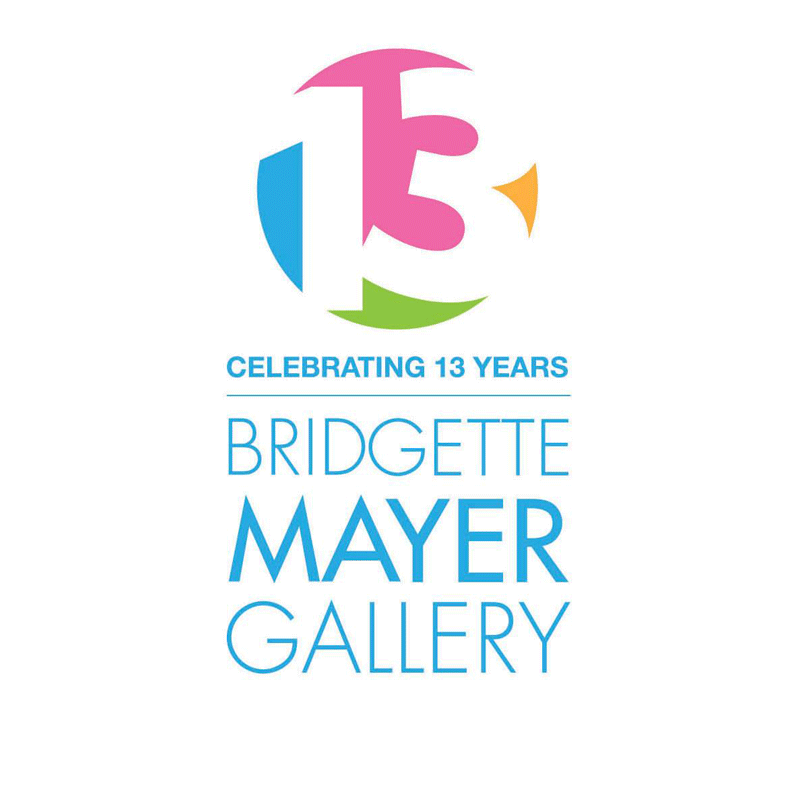

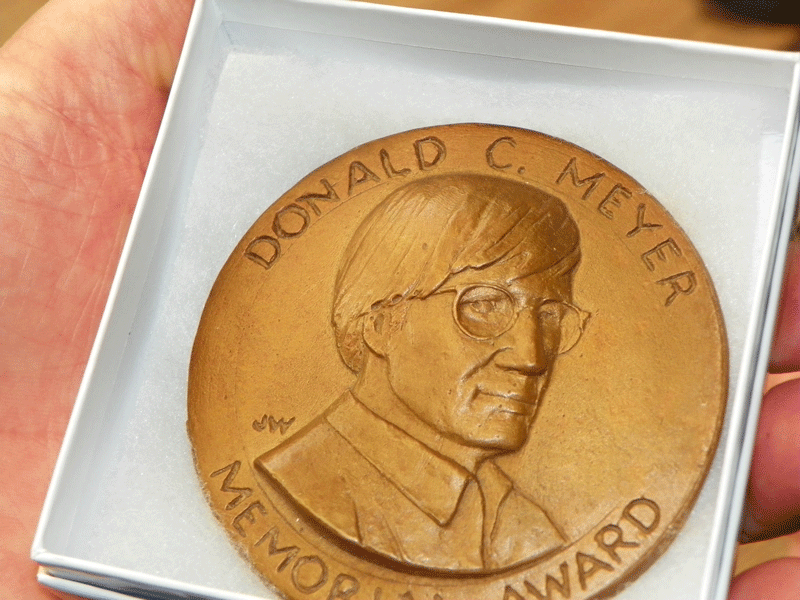
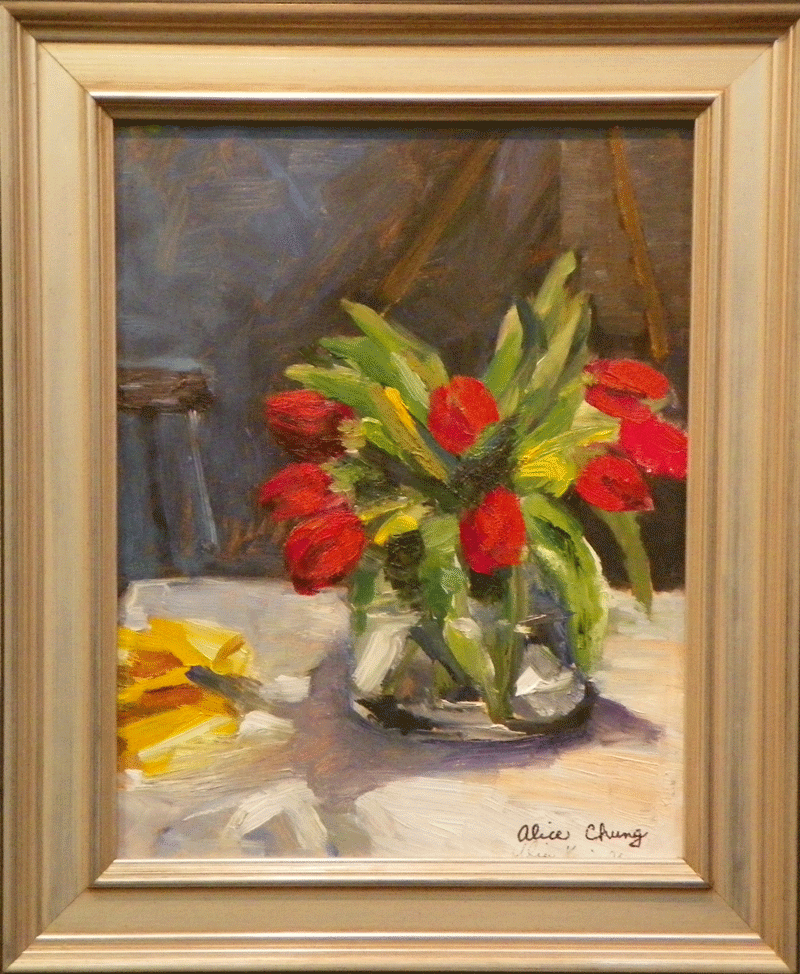
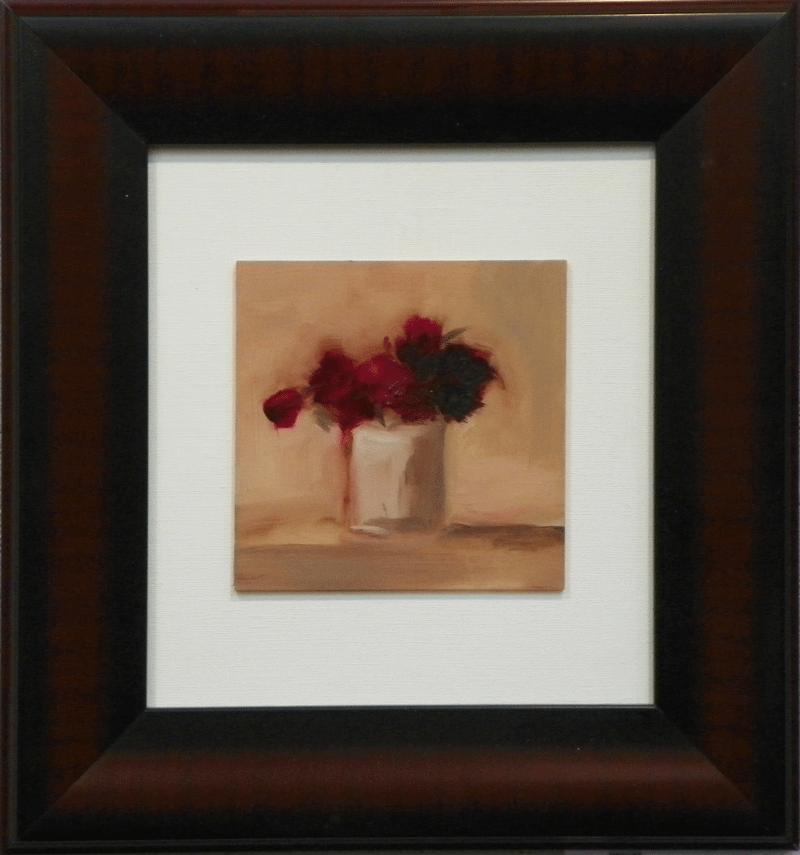
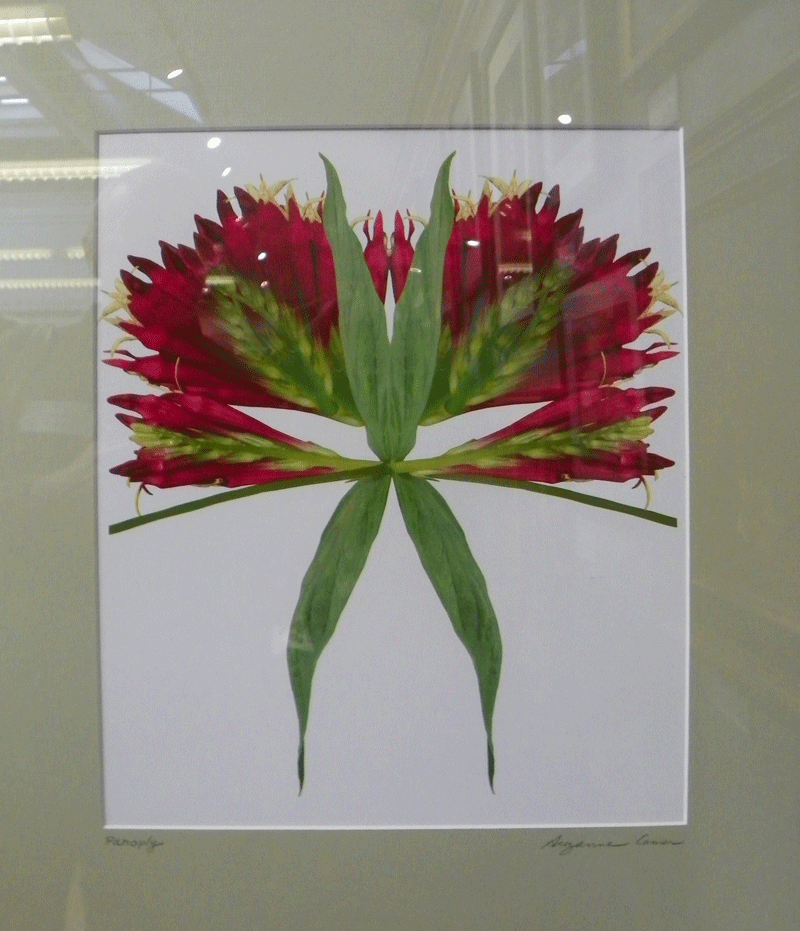
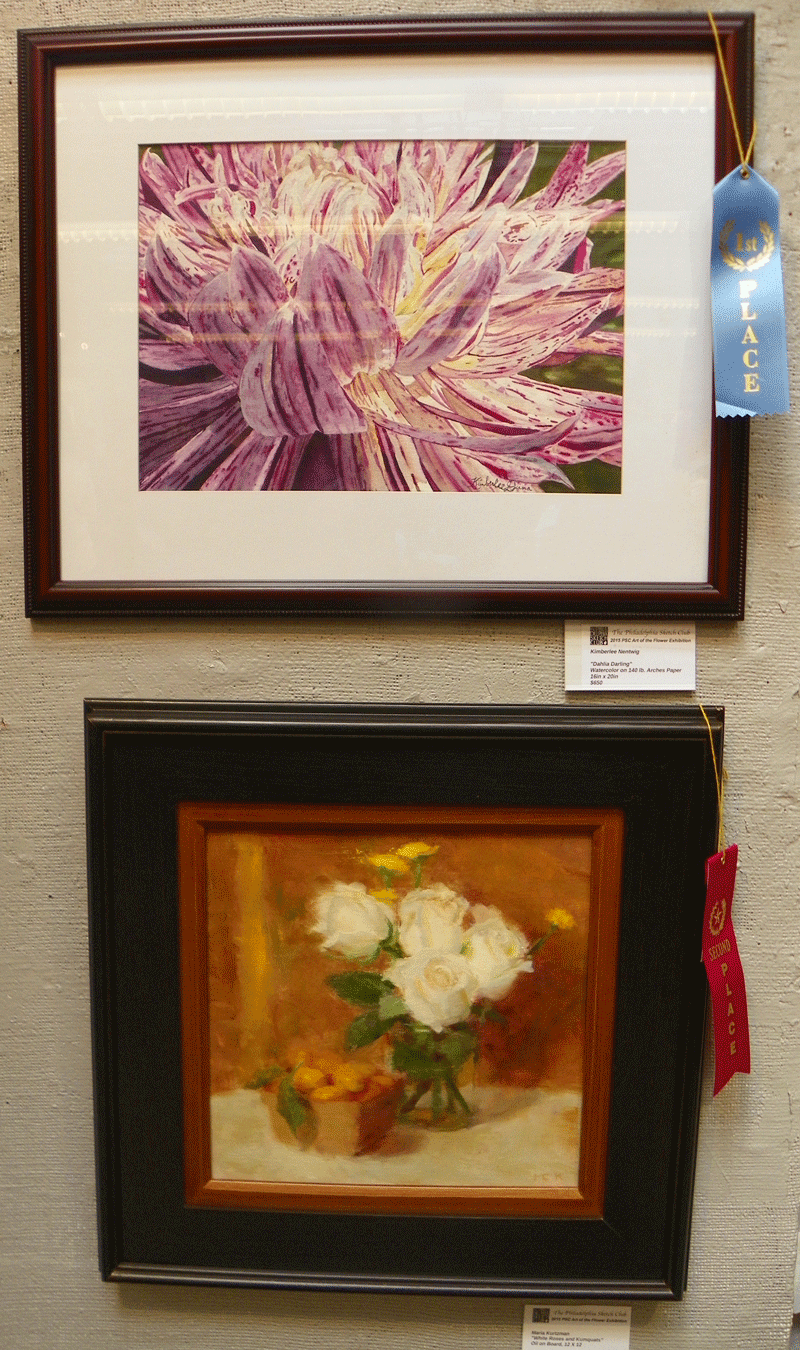
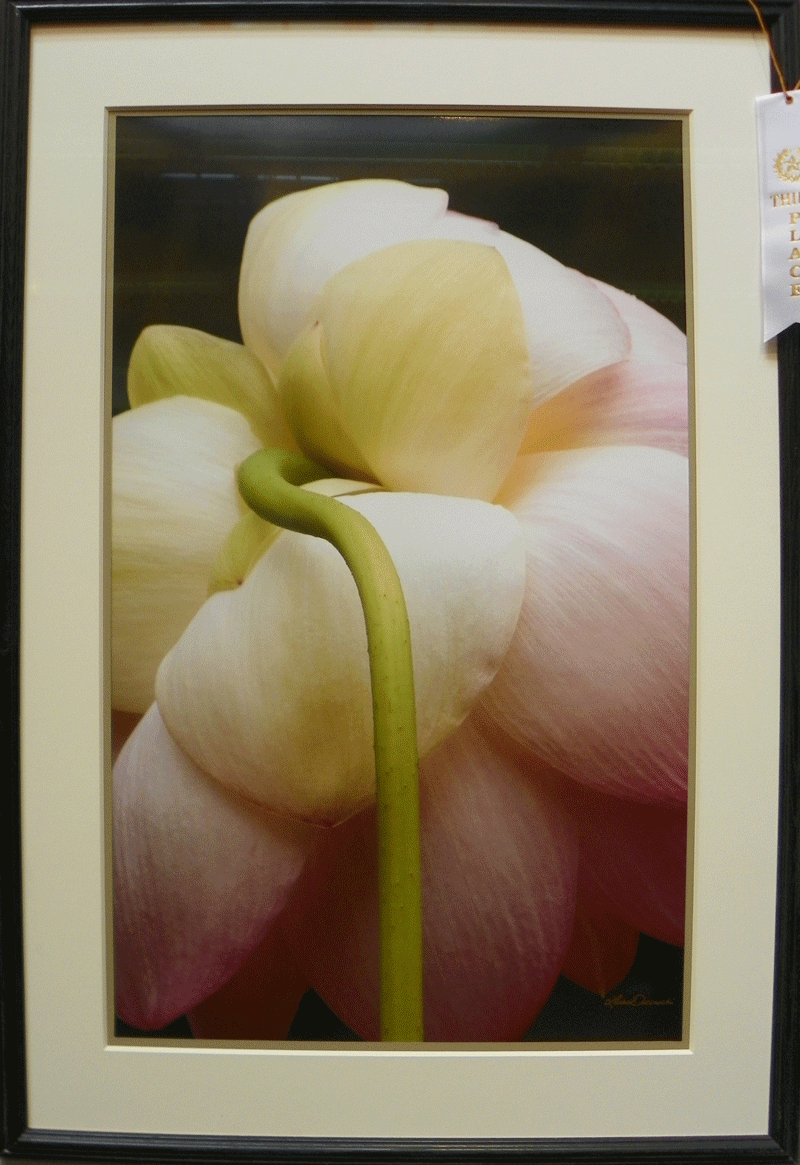
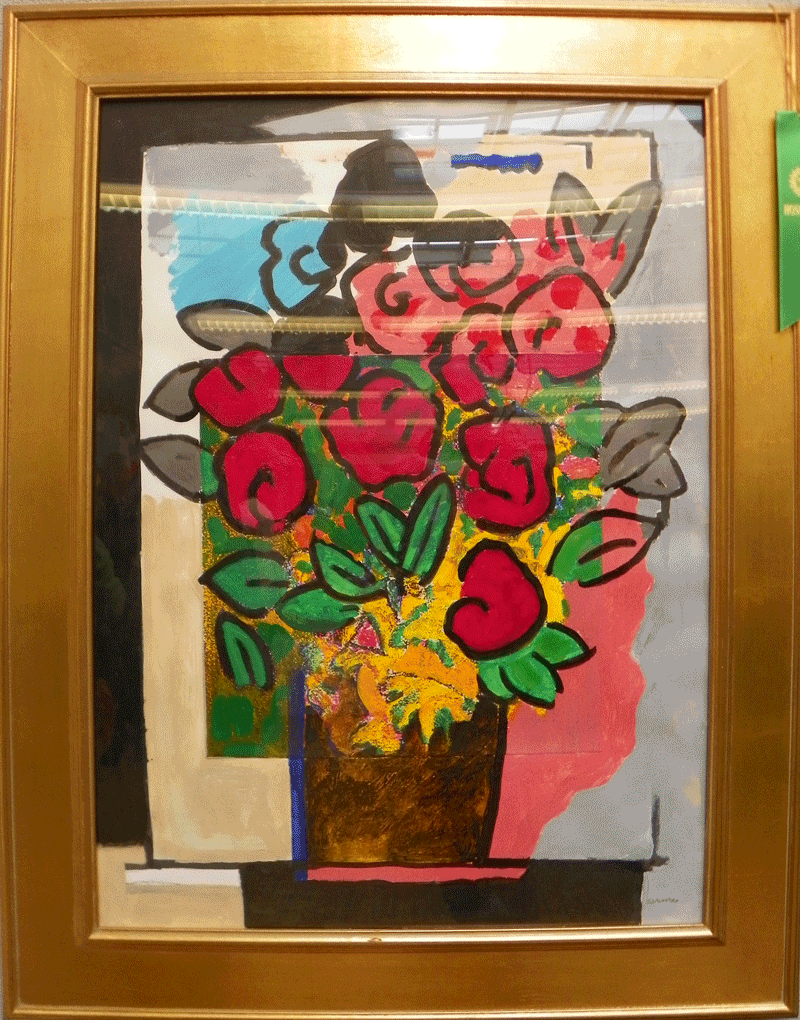
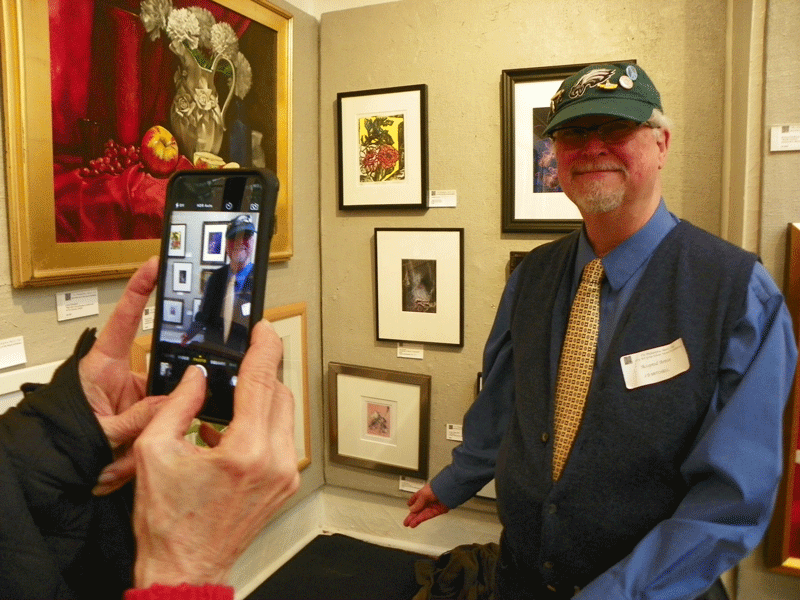
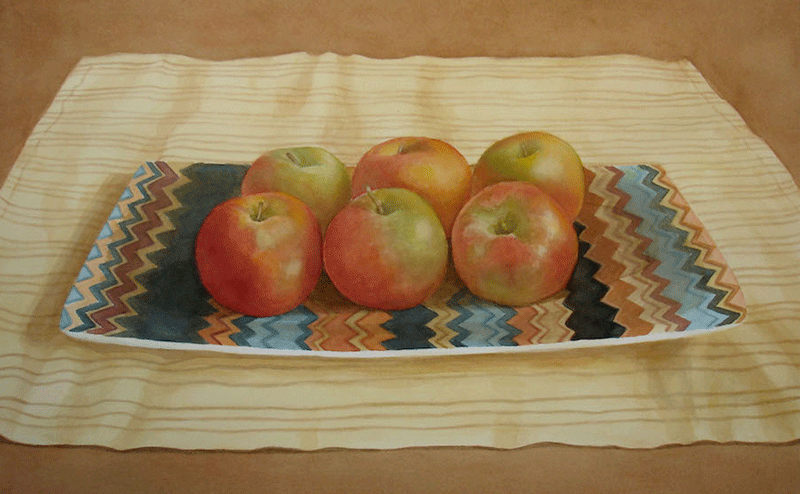
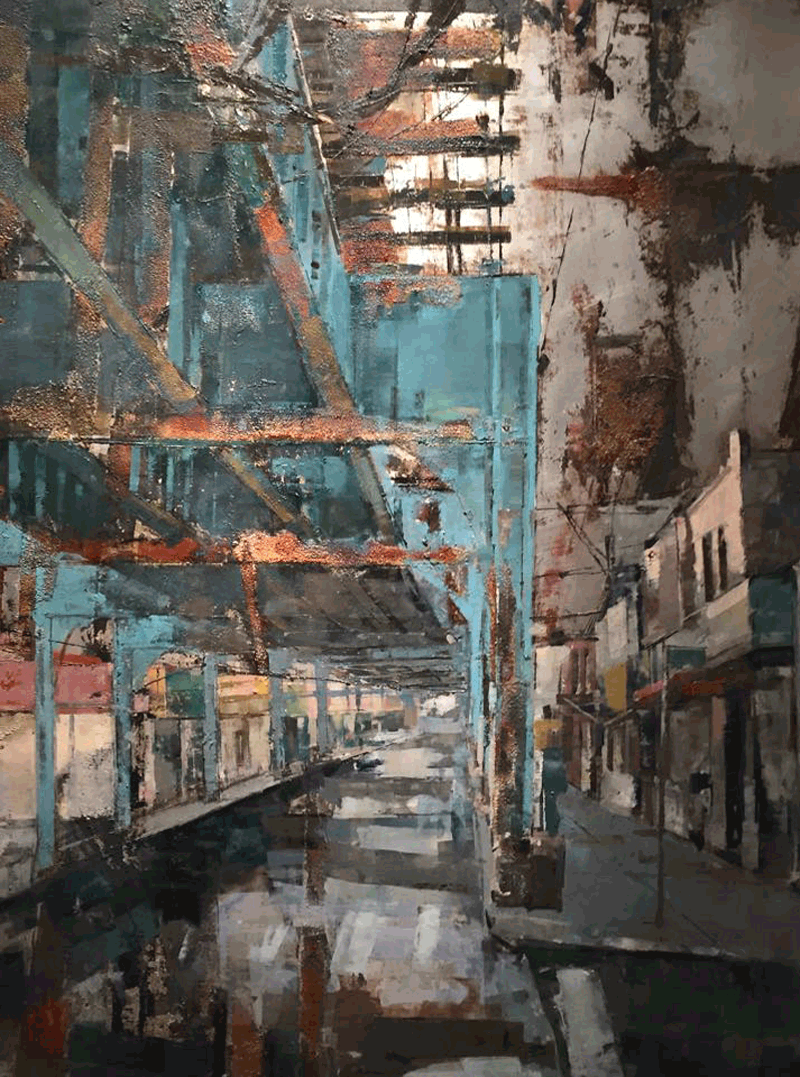
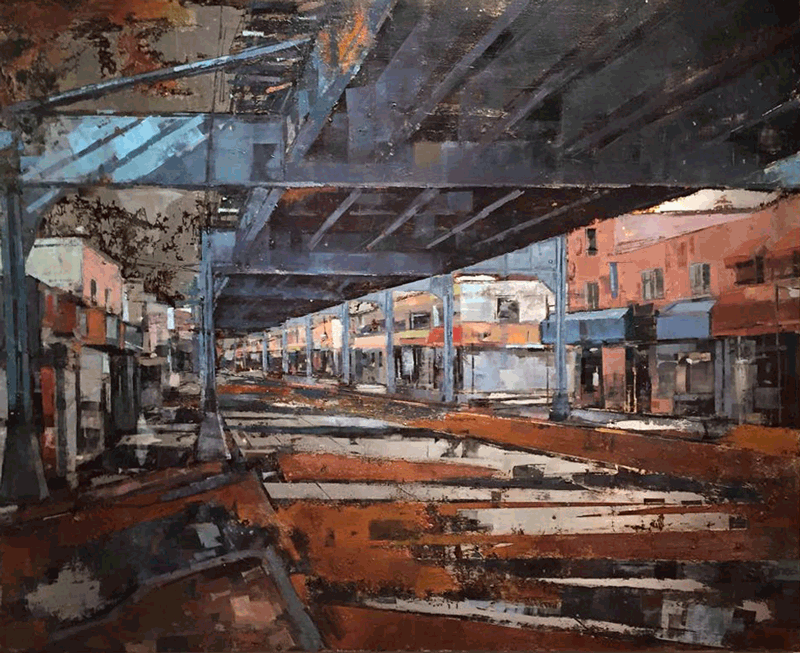 Ken Tutjamnong at
Ken Tutjamnong at 